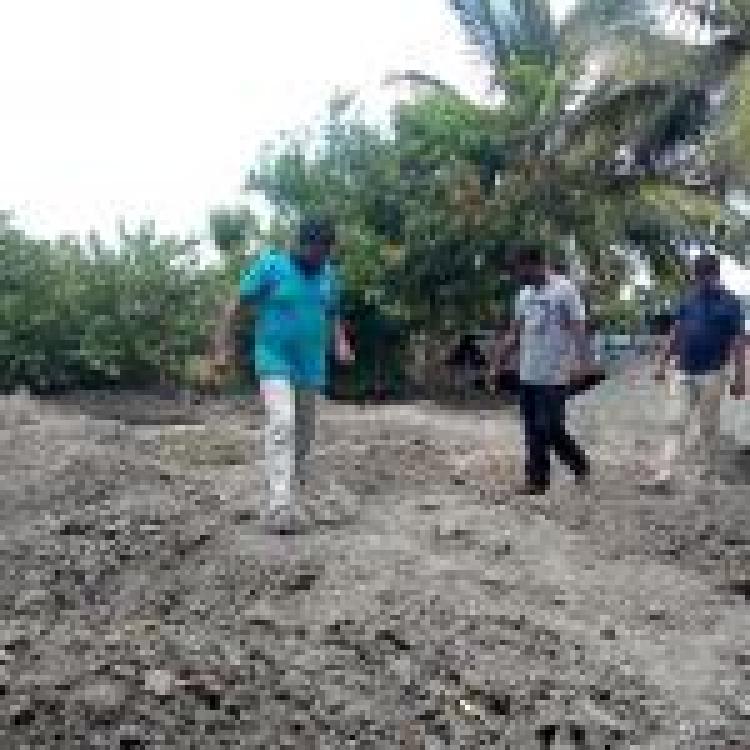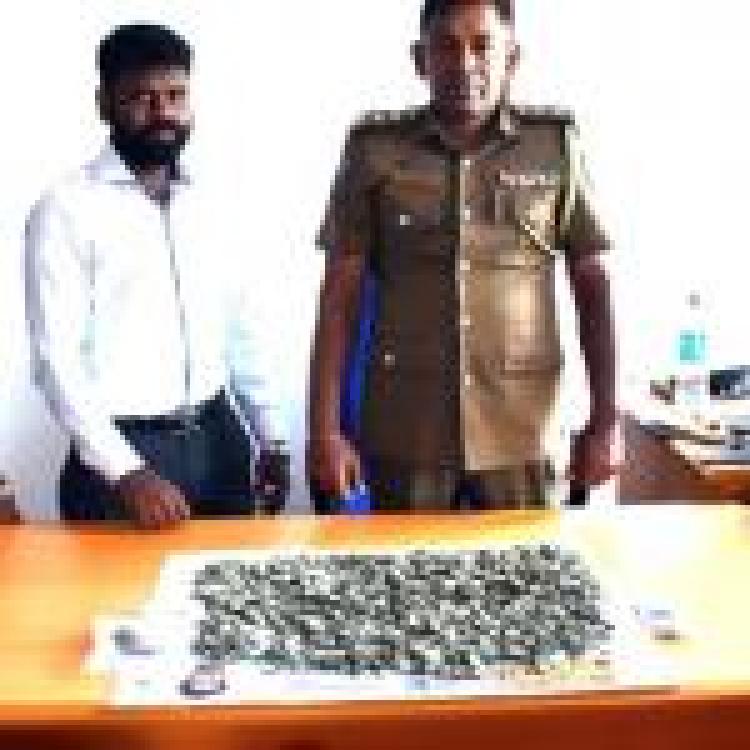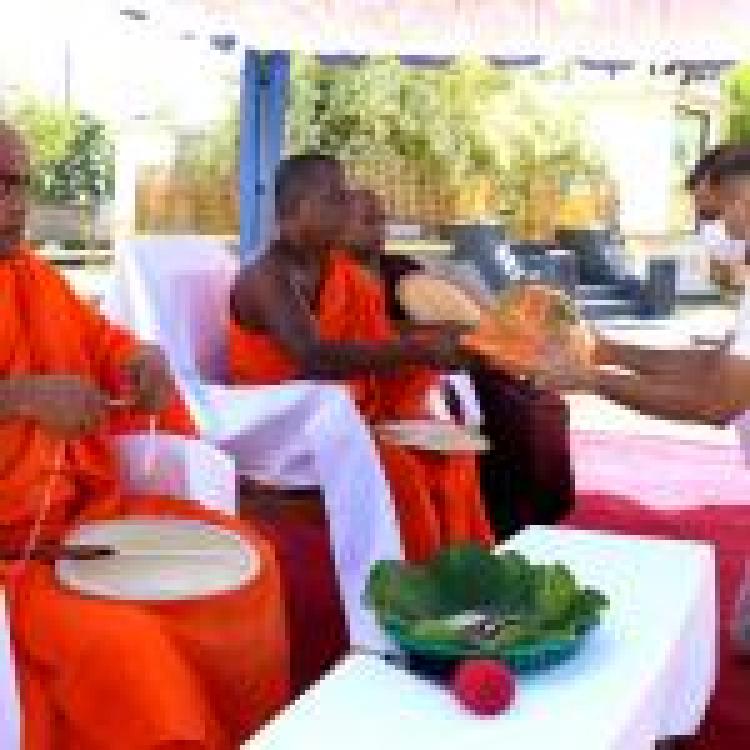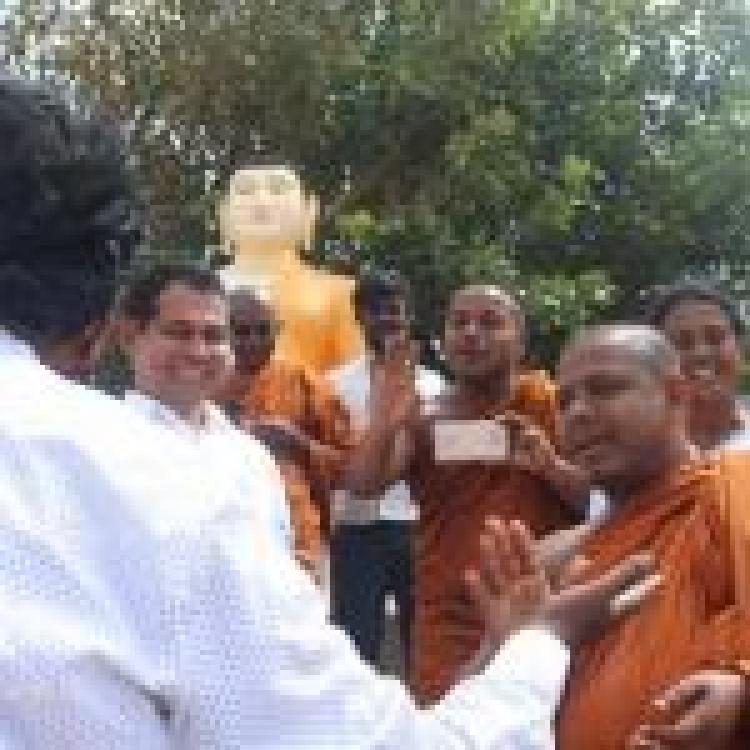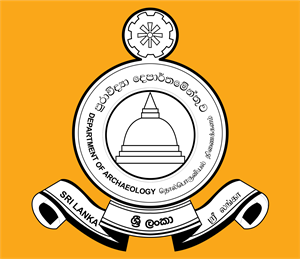
Sri Lanka's Department of Archaeology
Sri Lanka’s Department of Archaeology has excavated 650 monuments in Batticaloa, under the supervision of the Presidential Task Force for Archaeological Heritage Management.
Whilst Senarathe Dissanayake, director-general of archaeology, claimed this was the first time an extensive excavation was conducted in Batticaloa district, there are increasing concerns of Sinhalisation of the North-East.
Earlier this year, PEARL (People for Equality and Relief in Sri Lanka) released a report highlighting the role the Department of Archeology plays in broader Sinhalisation efforts in Pulmoaddai, in the East. In their research, they highlight that several of the Buddhist structures erected had direct links to military facilities.
"The proliferation of military camps has often gone hand-in-hand with the construction of Buddhist sites".
Read more from PEARL: Sinhalisation of Pulmoaddai
All Sinhala Task Force
Earlier this year president Gotabaya Rajapaksa announced the formation of an all Sinhala task force, including Buddhist monks to “preserve the historical heritage of Sri Lanka” in the Island’s Eastern province.
The Eastern Province which has been claimed by the Tamil people as being historically inhabited by Tamils has come under decades of intense Sinhalisation and colonisation from state-sponsored settlement schemes.
Sri Lanka’s government has been accused of concealing colonisation schemes under the guise of “archaeology” and take over vast areas of lands in the North-East.
The US State Department’s International Religious Freedom Report for 2016 said the construction of such sites and Buddhist statues in non-Buddhist areas in the North-east, despite objections is akin to “Buddhist Sinhalese religious and cultural imperialism”.

